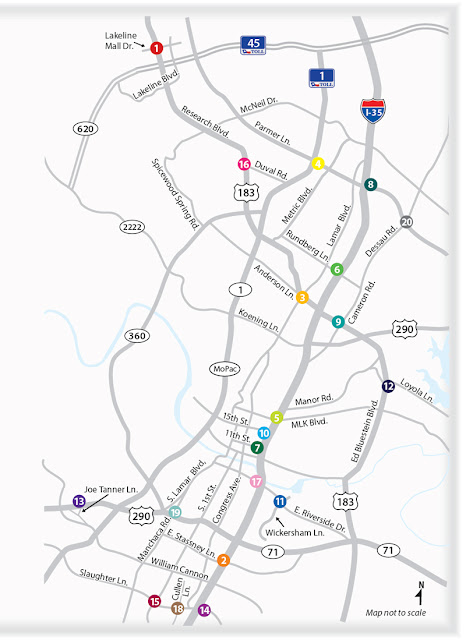If you have ever bought a home or put in an offer, an inspection is what SHOULD follow an accepted offer. Inspection reports tend to cause a fair amount of worry in buyer's when they are handed the 15+ page packet. Inspectors by law must report on certain things by up-to-date property codes. Therefore, if a house is built in 1996 the property codes of then are not the same as today. However, that doesn't necessarily mean the house is unsafe. Codes have just changed over time.
Another big worry to buyer's when they receive the inspection report is the amount of words and terms flying at them that can be a bit foreign to them. Most super agents, like yours truly, will help you with the translation of these reports, but here are a few commonly seen terms on inspection reports to get you started. Always ask for clarification!
Common terms used in an inspection report
-Recommend: The inspectors’ opinion of how to guide the client to resolve noteworthy issues found during the inspection. Common recommendations would be to replace, repair, monitor or evaluate.
-Visual inspection: The general scope of the inspection is limited to a visual inspection which means that the inspector is not required to disassemble equipment.
-HVAC: Heating ventilation air condition system.
-Condensate line: The copper pipe that runs from the outside air conditioning condenser to the inside furnace (where the A/C coil is located).
-Ductwork: A system of distribution channels used to transmit heated or cooled air from a central system (HVAC) throughout a home.
-Damper: An air valve that regulates the flow of air inside the flue of a furnace or fireplace.
-Pilot light: A small, continuous flame (in a hot water heater, boiler or furnace) that ignites gas or oil burners when needed.
-Blow insulation: Fiber insulation in loose form used to insulate attics and existing walls where framing members are not exposed.
-Board and batten: A method of siding in which the joints between vertically placed boards or plywood are covered by narrow strips of wood.
-Cantilever: A projecting beam or other structure supported only at one end. Any part of a structure that projects beyond its main support and is balanced on it.
-Ceiling joist: One of a series of parallel framing members used to support ceiling loads and supported in turn by larger beams, girders or bearing walls. Also called roof joists.
-Cellulose insulation: Ground-up newspaper that is treated with a fire retardant.
-Celotex: A brand of black fibrous board that is used as exterior sheathing.
-Flashing: Material used around any angle in a roof or wall to prevent leaks.
-Earthquake strap: A metal strap used to secure gas hot water heaters to the framing or foundation of a house. It is intended to reduce the chances of having the water heater fall over in an earthquake and causing a gas leak.
-Sump: Pit or large plastic bucket/barrel inside the home designed to collect ground water from a perimeter drain system.
-Sump pump: A submersible pump in a sump pit that pumps any excess ground water to the outside of the home.
-Trap: A plumbing fitting that holds water to prevent air, gas and vermin from backing up into a fixture.
-Knob and tube wiring: A common form of electrical wiring used before World War II. When in good condition, it may still be functional for low amperage use.
-BX cable: Armored electrical cable wrapped in galvanized steel outer covering. A factory assembly of insulated conductors inside a flexible metallic covering.
-Ground-fault circuit interrupter (GFCI): A device intended for the protection of personnel that functions to de-energize a circuit
-Grounded: Connected to earth or to some conducting body that serves in place of the earth.
























